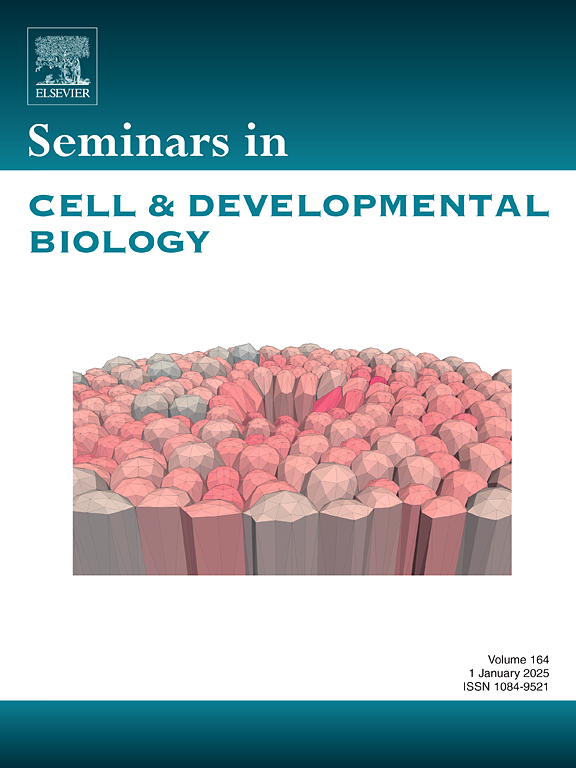Alternative lung cell model systems for toxicology testing strategies: Current knowledge and future outlook
Abstract
Due to the current relevance of pulmonary toxicology (with focus upon air pollution and the inhalation of hazardous materials), it is important to further develop and implement physiologically relevant models of the entire respiratory tract. Lung model development has the aim to create human relevant systems that may replace animal use whilst balancing cost, laborious nature and regulatory ambition. There is an imperative need to move away from rodent models and implement models that mimic the holistic characteristics important in lung function. The purpose of this review is therefore, to describe and identify the various alternative models that are being applied towards assessing the pulmonary toxicology of inhaled substances, as well as the current and potential developments of various advanced models and how they may be applied towards toxicology testing strategies. These models aim to mimic various regions of the lung, as well as implementing different exposure methods with the addition of various physiologically relevent conditions (such as fluid-flow and dynamic movement). There is further progress in the type of models used with focus on the development of lung-on-a-chip technologies and bioprinting, as well as and the optimization of such models to fill current knowledge gaps within toxicology.

 求助内容:
求助内容: 应助结果提醒方式:
应助结果提醒方式:


